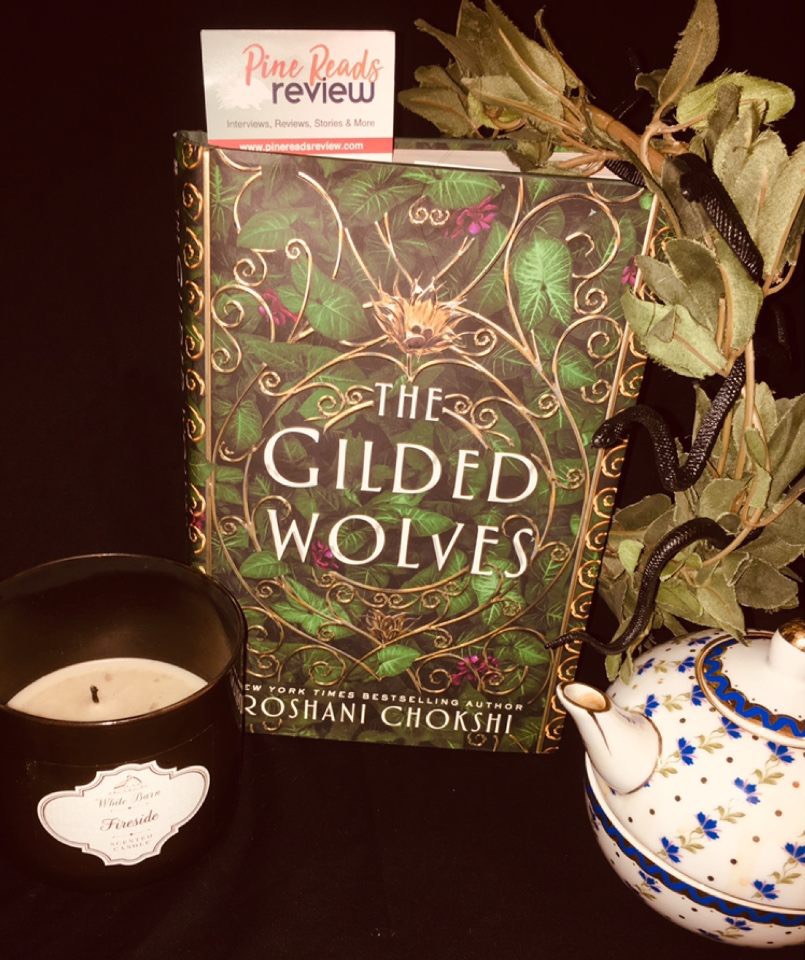
The Many Colors of The Gilded Wolves
Diversity is a buzzword on everyone’s lips, but there’s not a lot of focus on what it does or should mean. It’s a concept that’s easy to understand when it works and when it doesn’t, but not why.
I believe that Roshani Chokski’s book The Gilded Wolves is an excellent example of how to make a diverse cast work. The cast has a variety of skin tones, disabilities, sexual orientations, and cultures they’ve come from, but it doesn’t feel like it’s all for show. For each character, these things about them truly matter, and this creates a stronger story which can make their struggles more relatable.
Three members of the main cast are mixed race, and they each tackle their background in different ways. Enrique is Filipino but takes after his Spanish father. He cares about the Filipino resistance movement, but they won’t fully accept him because he looks Spanish. Hypnos struggles with being a dark-skinned leader in a predominately white culture that doesn’t fully accept him either. Even at the end of the novel, the reader knows that Séverin struggles with his heritage as well, but things get even more complicated. Laila is Indian, and her culture shows through her personality in interesting ways. Zofia is Polish and Jewish and doesn’t really understand people but they all love her and include her even if she doesn’t understand their jokes. And Tristan is… complicated too.
Usually, in such a mixed cast, the focus on diversity can come across as a bit trite or meaningless. For instance, skin tone may be different but it doesn’t affect the characterization in any meaningful way, making the personas boring. This is not the case with The Gilded Wolves. Roshani Chokski has created a world that is fascinating and full of interesting characters for whom their identities matter and therefore make excellent representation for readers who can identify with them.
It’s a good example of why diversity is necessary, and why culture is an important detail in a character. I may not be Filipino and Spanish, but I identify with Enrique’s struggle to find where he belongs, and his confused feelings on his sexuality. Giving a character cultural background shows they have heart and makes them feel real. It gives the reader something tangible to sink their teeth into. These characters are diverse without alienating readers who don’t share their personal situations, which is how it should be.
This diverse cast of characters works so well because the reader can really connect to each and every one of them. They care about the people in the novel because they can relate to the qualities they have.
I love this book so much. It’s a perfect example of what should be done in literature, and I hope we see more diversity in future publishings.
PRW: Michelle LeBar
PICK UP A COPY TODAY!